Text
i consider evil dead to be honorary nonfiction because i think if sam raimi had the ability to do all of that stuff to bruce campbell for real he would have
4K notes
·
View notes
Text
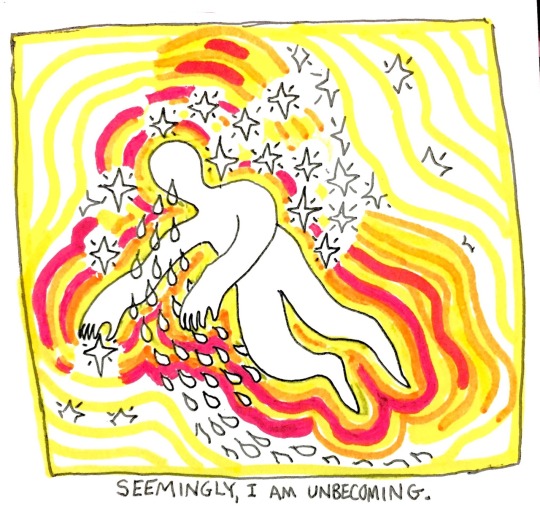
✨keep up w my art on insta ✨
(C.B)(7.6.19)
3K notes
·
View notes
Text
“euuuh i’m james from twin peaks and i’m sad because my bike won’t fuck me and i’m here to make the next five minutes feel like an hour”
63K notes
·
View notes
Text





The Shoreline Breakup Quilt for my @theterrorbingo square 'The Polar Sea'
Hand quilted, hand appliqued, and hand beaded, 26 x 29 inches
Whenever I tell people I love ice and extreme cold they look at me like I've told them I love getting blisters or something, but there is almost nothing so beautiful to me as ice, the way it looks, the way it moves, the way it talks if you listen very closely
Inspo below from Helsinki, Oslo, and Svalbard




(Also it is available)
270 notes
·
View notes
Text

four horses, persia, 17th century
800 notes
·
View notes
Text
when i was a kid i lost my retainer while swimming in the ocean because i saw a stingray and screamed too hard and it popped right out my mouth and i used to go to sleep at night imagining that it had landed in the mouth of a dolphin who now had beautiful straight human teeth
19K notes
·
View notes
Text


Anthony Perkins during production of the Allied Artists/William Wyler drama Friendly Persuasion, 1956.
180 notes
·
View notes
Text

Shalom Harlow Vogue US (March 1995) ph. Bruce Weber
551 notes
·
View notes
Text



yoshihiro tatsuki in zoom magazine american edition no. 16
4K notes
·
View notes
Text
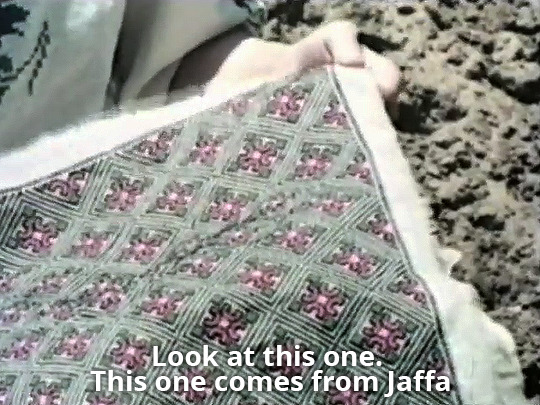
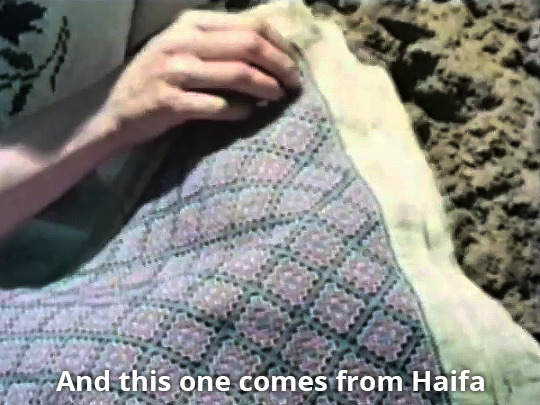
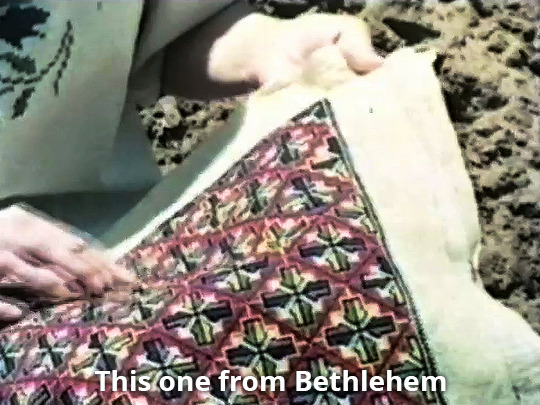


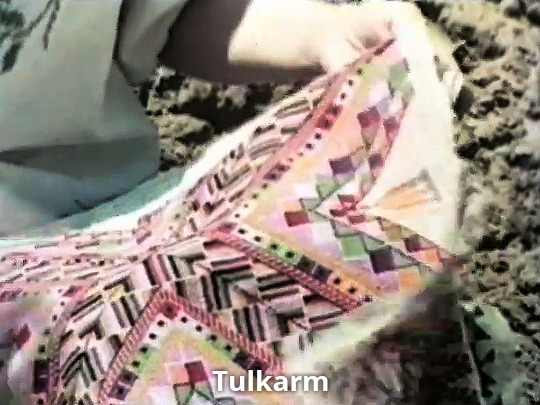
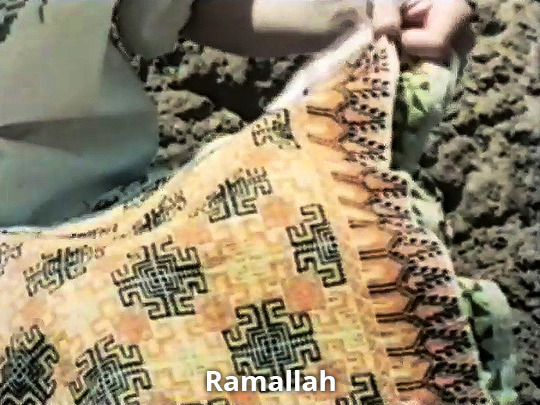

The Palestinian (1977)
55K notes
·
View notes
Photo

René Magritte, La corde sensible, 1960
8K notes
·
View notes
Text

'la comtess at table with hand to face,' salted paper print, pierre louis-pierson, 1860s.
92 notes
·
View notes
Text
open a new window somewhere in the world.
199K notes
·
View notes
Text
The thing most on my mind about the Mangione trial is how effective this has been. For those five days, everybody had ideas. They saw you could just walk up to somebody on the street and shoot them dead, and that no amount of surveillance would mean anything if the shooter took simple precautions. Nabbing this poor guy and pinning it on him, plastering his face everywhere on the news and saying this is the shooter really worked to calm everyone down. There is no longer an imagined escape. Somebody's going down for it, even if it's the wrong guy. They'll stop at nothing.
8K notes
·
View notes
Text












“I'd have my espresso in the morning, I'd look out the window and there would be nuns having a coffee downstairs, or priests smoking and discussing, or an archbishop with his briefcase. And sort of that, I just realized, oh, they're just people going to work. You know, they have a job, like you and I, and I wanted to put that feeling in the movie.” — Edward Berger, The Director's Cut
662 notes
·
View notes


